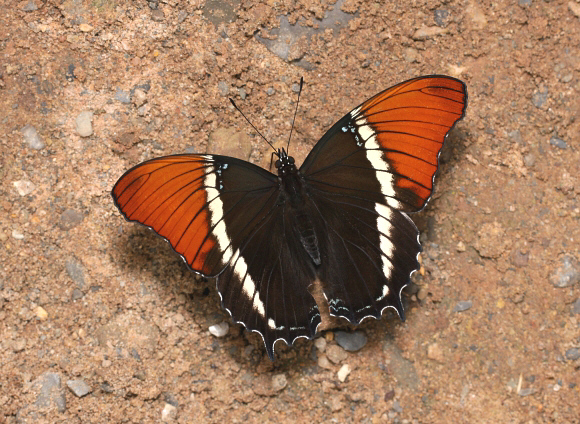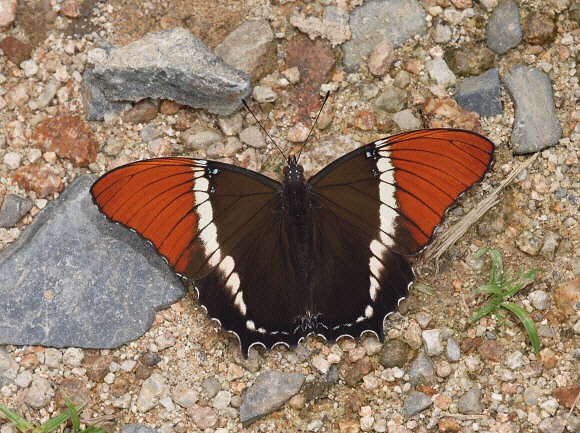
Introduction
The tribe Victoriniini includes the Asian genus Rhinopalpa, the African Kallimoides and Vanessula, and the neotropical genera Anartia, Junonia, Hypolimnas, Metamorpha, Napeocles and Siproeta.
There are 3 Siproeta species – stelenes, superba and epaphus.
Siproeta epaphus is distributed from Mexico to Argentina.
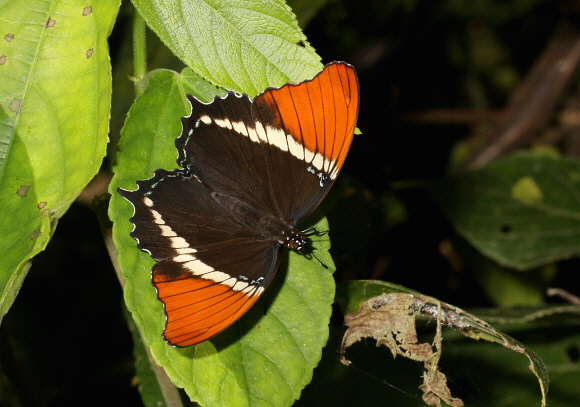
Habitats
This species is scarce in lowland areas, but commonly seen in two’s and three’s in disturbed habitats at elevations between 400-1800m, favouring forest edges and clearings, well vegetated riverbanks, roadsides and pastures.
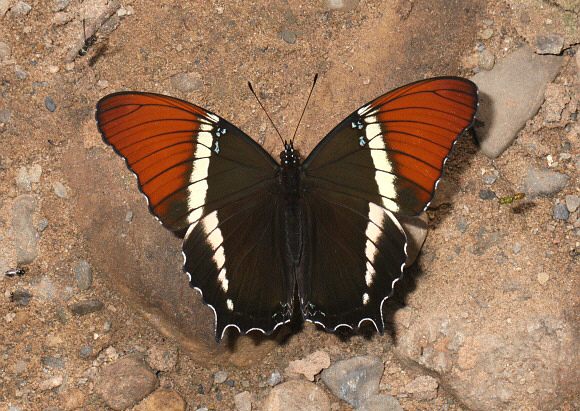
Lifecycle
The eggs are dark green with yellow ribs, and are laid in small clusters on young leaves of Ruellia or Blechum ( Acanthaceae ). The fully grown larva is maroon, adorned with orange branched spikes along the back and sides. Its head is black with a pair of backward-curving horns. The chrysalis is pale green with the thorax and abdomen covered in minute black dots and small orange thorn-like projections. It is suspended by the cremaster from leaves of the foodplant.
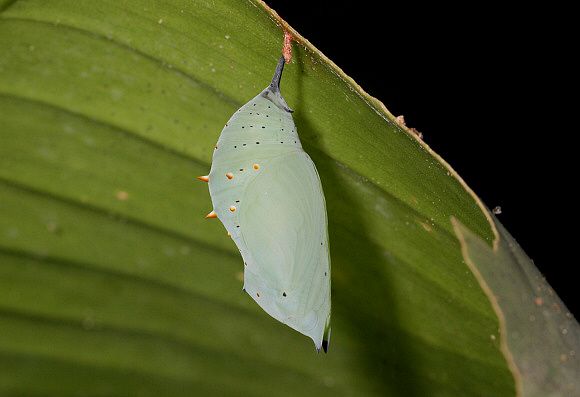
Adult behaviour
The butterflies are usually encountered singly or in two’s and three’s, flying on sunny mornings in disturbed habitats including pastures, forest clearings, riverbanks and roadsides. They have a rapid fluttering and gliding flight, settling frequently to bask on low foliage or bare ground. Males often imbibe mineralised moisture from damp roads, muddy riverbanks, scree or rock faces and at such times usually hold their wings half-open while flitting gently from spot to spot. Females make egg-laying runs back and forth along forest edges. Both sexes nectar at Cordia, Stachytarpheta, Croton, Impatiens, Lantana and other flowers.
